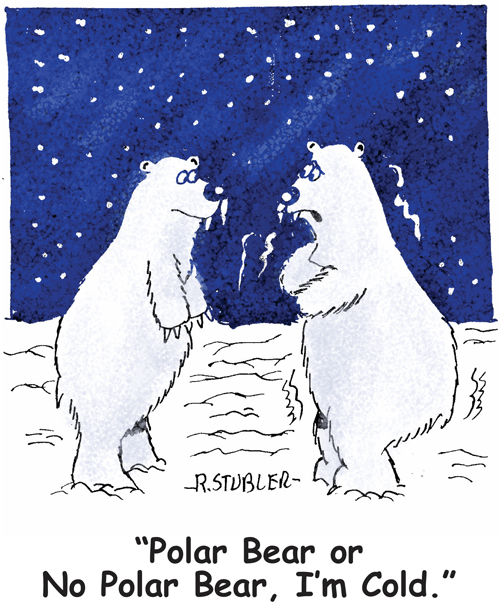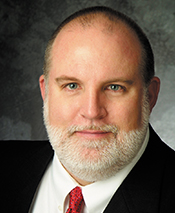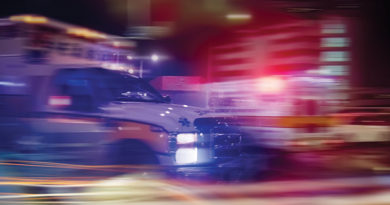Harshing My Buzz — Standards for Extreme Conditions
By Ray Thomas
USA Today’s state-by-state news briefs page featured a headline that said “Super cold triggers grumbling across state.” The temperature in Tanana, Alaska, had dropped to 54 °F below zero and Fairbanks had dropped to minus 50 °F. Alaskans were justified in complaining about the bitter cold. The story also mentioned that the USA’s all-time record low temperature of 79.9 degrees below zero was set in Prospect Creek, Alaska, on January 23, 1971.
Deep freezes are expected in Alaska and Canada, but we know all too well that bone-chilling cold reaches deep into the lower forty-eight. Low temperature extremes and high temperature extremes are a primary driver of standards for equipment performance.
If you are in human resources, accounting, or purchasing/procurement and seeking a better understanding of environmental limitations that have been defined for cable networks, take a look at ANSI/SCTE 158 2016 — Recommended Environmental Condition Ranges for Broadband Communications Equipment. If this standard was a bottle of wine, it would be described as “approachable.” ANSI/SCTE 158 2016 is free to download at scte.org. It is a quick read to skim through and a good starting point.
Four different classes of equipment are defined in ANSI/SCTE 158 2016: outdoor, indoor headend, indoor premises, and indoor attic/garage. Next, three equipment “conditions” are defined. Then, for each of the four equipment classes and each of the three temperature conditions, a table spells out the temperature range a device shall conform to. So for the RF amplifier hanging from the pole in your backyard, you will see in the chart that the operating (functional) temperature range for that outdoor device is minus 40 °F to plus 140 °F. For the cable modem/router in your living room, the operating temperature range is plus 59 °F to plus 104 °F.
But wait, there’s more! There is a table for humidity conditions. You may have thought that relative humidity was high when the in-laws were visiting, but this table somehow manages to assign a percentage to it. Another table follows on the next page that spells out altitude conditions. It is interesting to see that the creators of this matrix decided that all of the altitude ranges should start out below sea level: 200 feet (61 meters) below sea level. If you are curious to see how high each of the altitude ratings went up to, it is listed in Table 3 on page 7 of ANSI/SCTE 158 2016. They go higher into the stratosphere than you might guess.
The last table is for vibration conditions. Vibration that can affect critical signal processing equipment can come from a number of sources. Earthquakes are one source and California is not the only place where they occur. Earthquakes have been happening in Oklahoma near the fracking zones where all the fracking earthquakes have been rattling everyone’s fracking nerves. A headend or hub located close to a highway or railroad tracks can experience near-constant vibration.
 If you have the willpower to dive deeper into standards, ANSI/SCTE 186 2016 — Product Environmental Requirements for Cable Telecommunications will provide a suitable challenge. You can learn about microphonic emissions, dissimilar metals and galvanic compatibility, operating internal temperature margins, equipment surface temperature, solvent resistance, radiated emissions, conducted emissions, ground and bonding, and the ever-popular highly accelerated life testing (HALT). These are a few of the categories that products must comply with and/or provide satisfactory documentation in order to qualify for purchase by major cable operators.
If you have the willpower to dive deeper into standards, ANSI/SCTE 186 2016 — Product Environmental Requirements for Cable Telecommunications will provide a suitable challenge. You can learn about microphonic emissions, dissimilar metals and galvanic compatibility, operating internal temperature margins, equipment surface temperature, solvent resistance, radiated emissions, conducted emissions, ground and bonding, and the ever-popular highly accelerated life testing (HALT). These are a few of the categories that products must comply with and/or provide satisfactory documentation in order to qualify for purchase by major cable operators.
A professional intent on reaching the top learns everything possible about the industry they are in. If the CEO knows that outside plant equipment is spec’d to operate down to minus 40 °F but not down to the minus 54 °F in Tanana, Alaska, then everyone in engineering management might want to know that as well.
 Ray Thomas
Ray Thomas
Owner, Kiama Tech, LLC
Ray@KiamaTech.com
Ray worked at five different cable operators including the corporate engineering groups at Time Warner Cable and Comcast over a 30-year period in a wide range of roles. He is currently an author and consultant at Kiama Tech, LLC.
Credit: Cartoonstock.com

